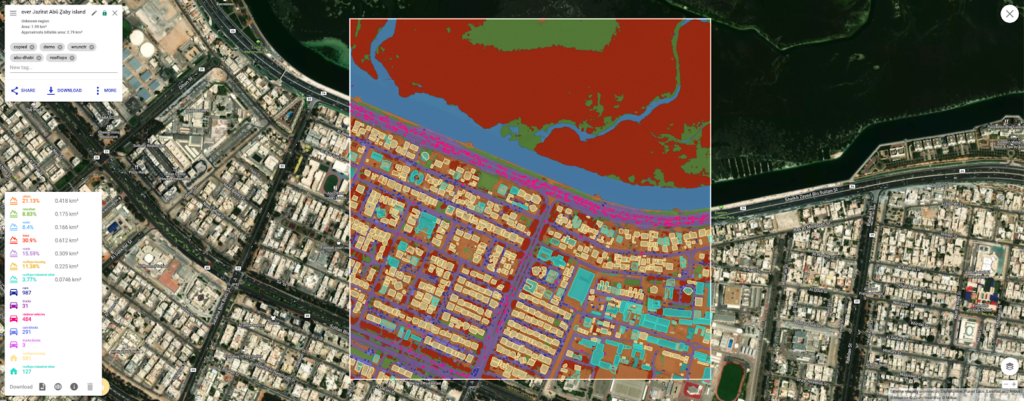Tracking Carbon Emissions from Space: How Satellite Technology is Changing the Climate Game
The
fight against climate change has been ongoing for decades, but with the help of
technology, we're gaining new ground. Satellites orbiting our planet are now
critical in tracking carbon emissions from space, giving us an unprecedented
view of how human activities impact the environment. This blog post will
explore how satellite technology changes the climate game and what it means for
our future.
What is Satellite Carbon Monitoring?
Satellite alt data can
potentially change how we track carbon emissions and, ultimately, how we reduce
climate change. By monitoring these emissions from space, we can provide a more
accurate picture of atmospheric carbon dioxide levels and pinpoint areas where
emissions are highest. In addition, satellite-based data can help us better
understand weather patterns that may be linked to climate change.Satellite
technology has evolved considerably.
How does Satellite Carbon Monitoring work?
Satellites
can help monitor carbon emissions from space, providing a more accurate picture
of how our planet is burning fossil fuels. By measuring the amount of light
reflected from Earth's atmosphere, satellites can detect CO2 levels and give an
idea of how much greenhouse gas is in the atmosphere.
Technology
is changing how we think about climate change and has already greatly impacted
monitoring emissions. Earlier this year, NASA released its annual report on
global climate change, and it used data from satellites to show that CO2 levels
had reached their highest level in 800,000 years. The details got used to
generate reports on the state of the environment around the world.
The
benefits of satellite carbon monitoring go beyond simply tracking emissions. By
understanding where and when these gases are being released, we can develop
better methods of reducing them.
Benefits of Satellite Carbon Monitoring
The
uses of satellite carbon monitoring are myriad. By understanding the emissions
from specific regions or countries, policymakers can make informed climate
mitigation and adaptation decisions. In addition to this significant
environmental impact, satellite carbon monitoring has the potential to improve
our understanding of regional climate change patterns and their impacts on
human populations.
Satellite
technology is changing how we monitor climate change. By measuring emissions in
real-time, Carbon measurements from
space help policymakers understand where greenhouse gases
are coming from and how they might contribute to climate change. Satellite
carbon monitoring also has the potential to enhance our knowledge of regional
climate change patterns.
For satellite carbon monitoring to be most
effective, accurate data must be collected from various sources, including
ground-based measurements, aircraft observations, and atmospheric sampling
devices such as balloons or drones. Combining data from multiple sources helps
ensure that emission trends get defined and that vital changes in emissions get
detected early on.




Comments
Post a Comment